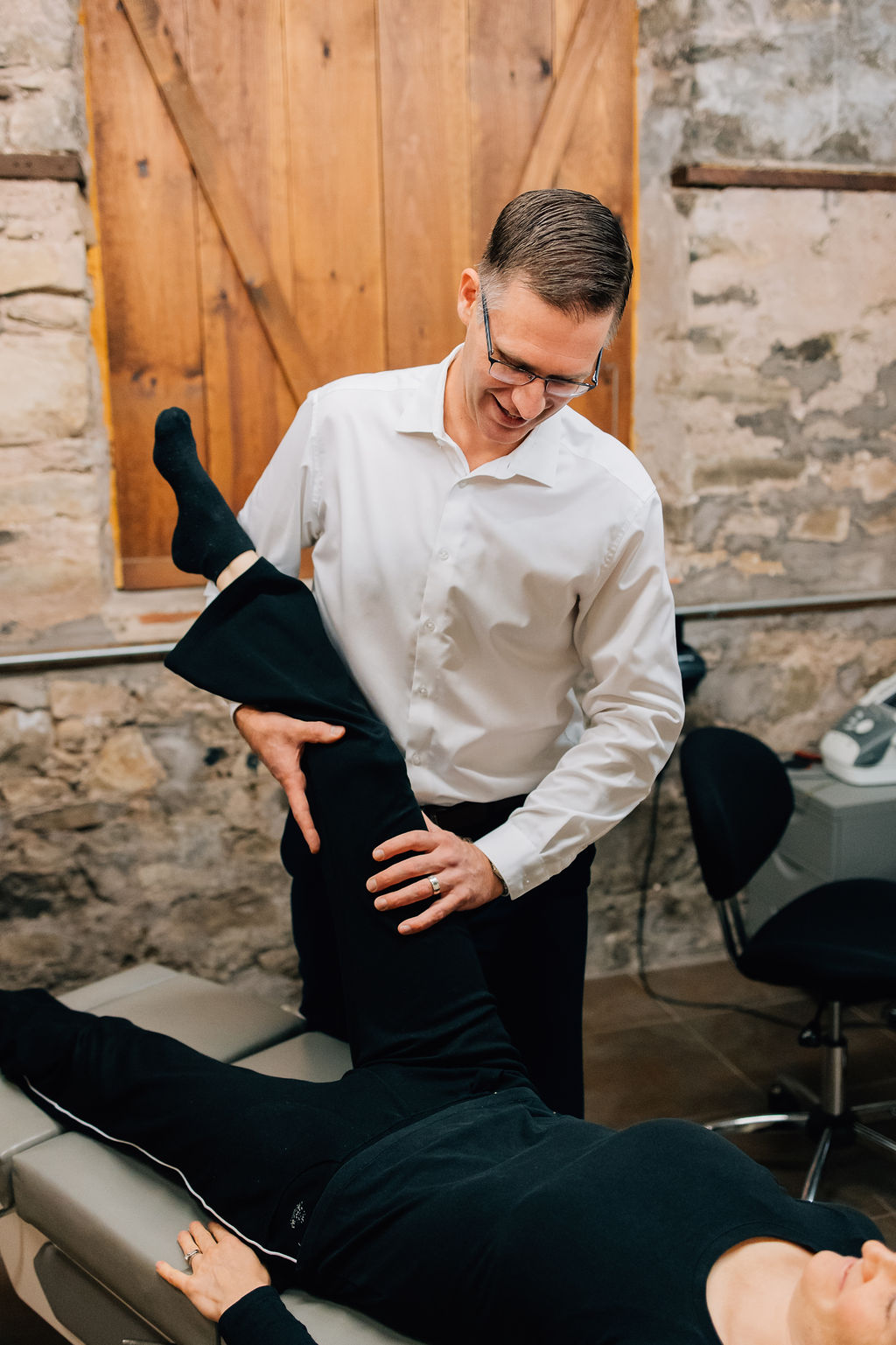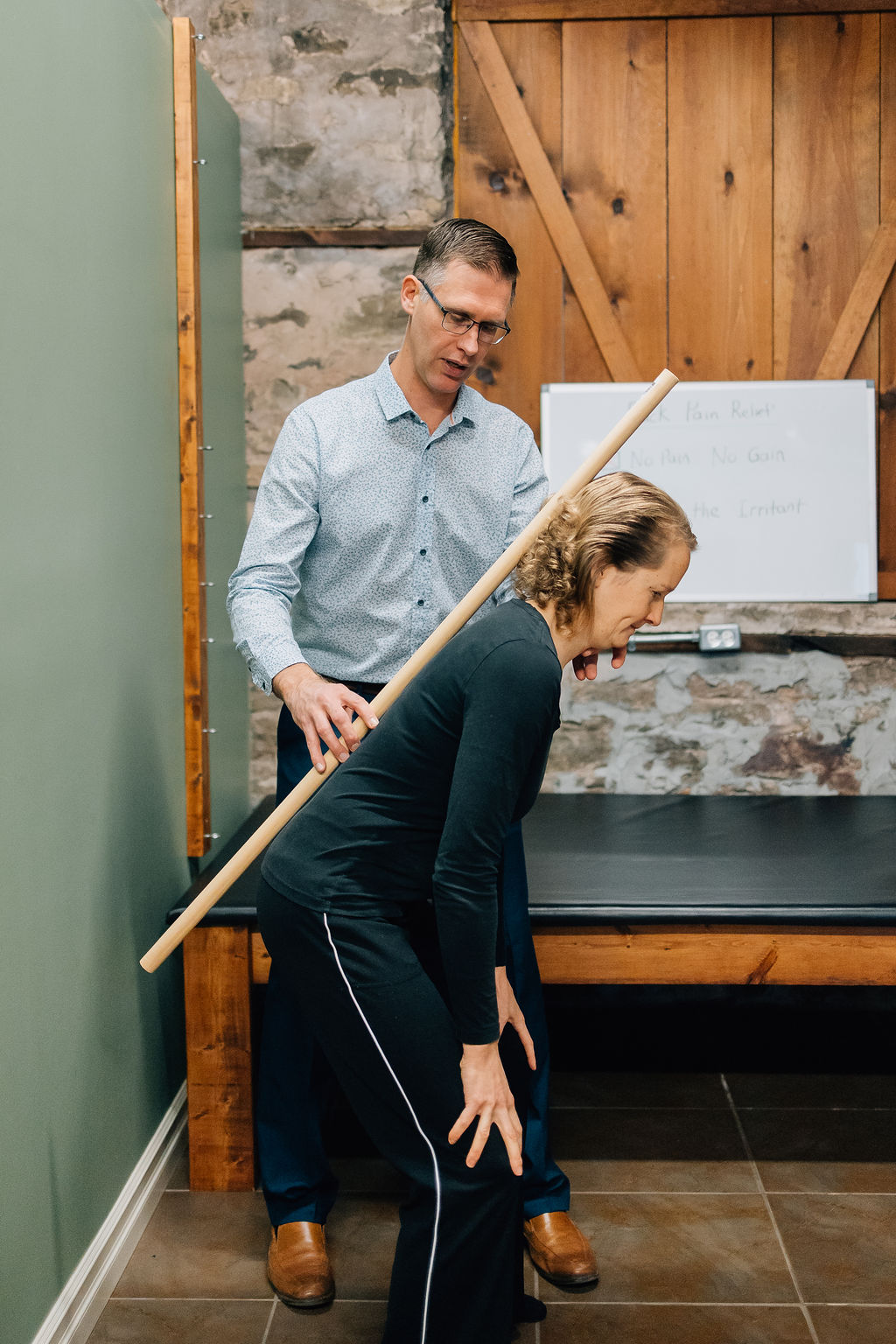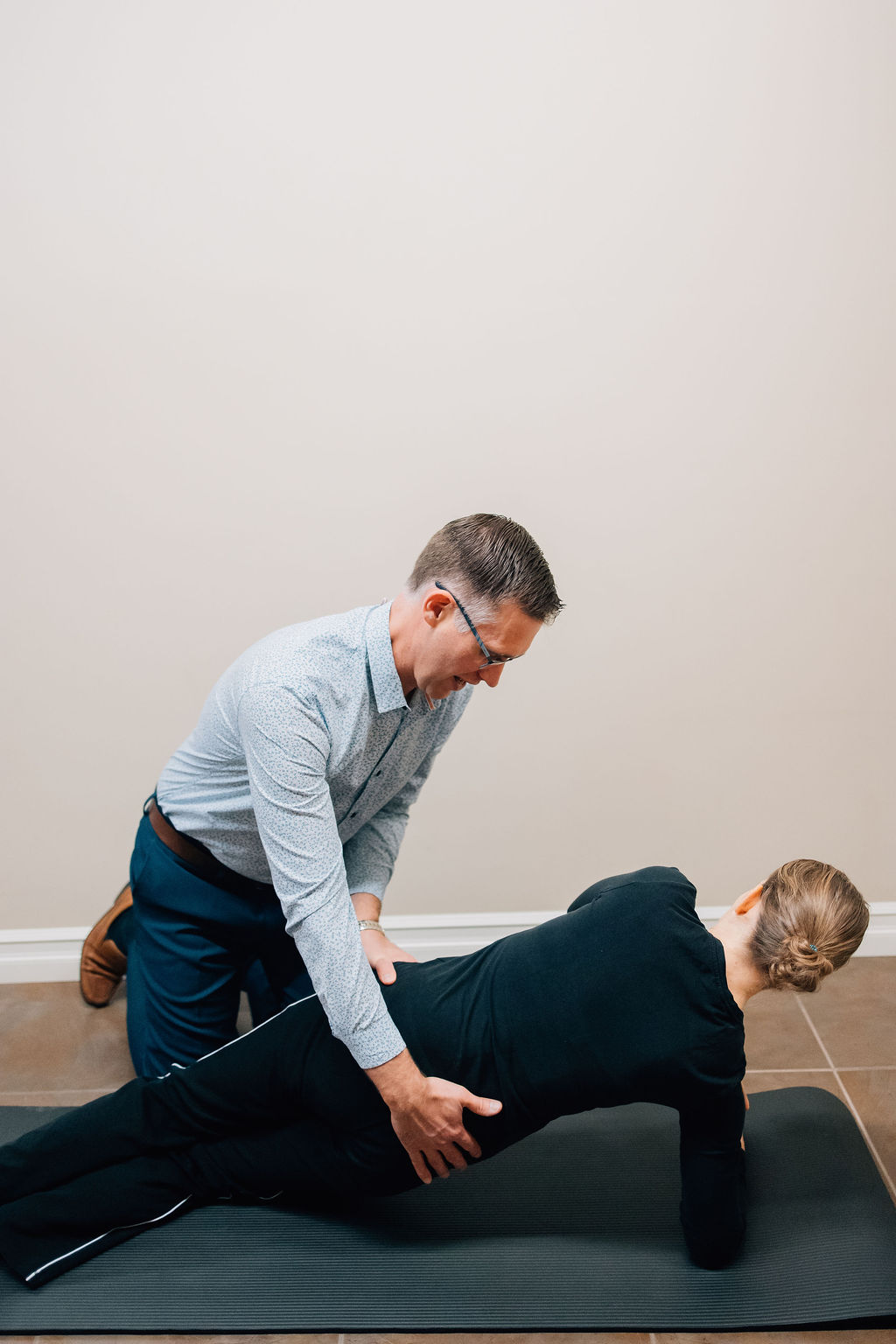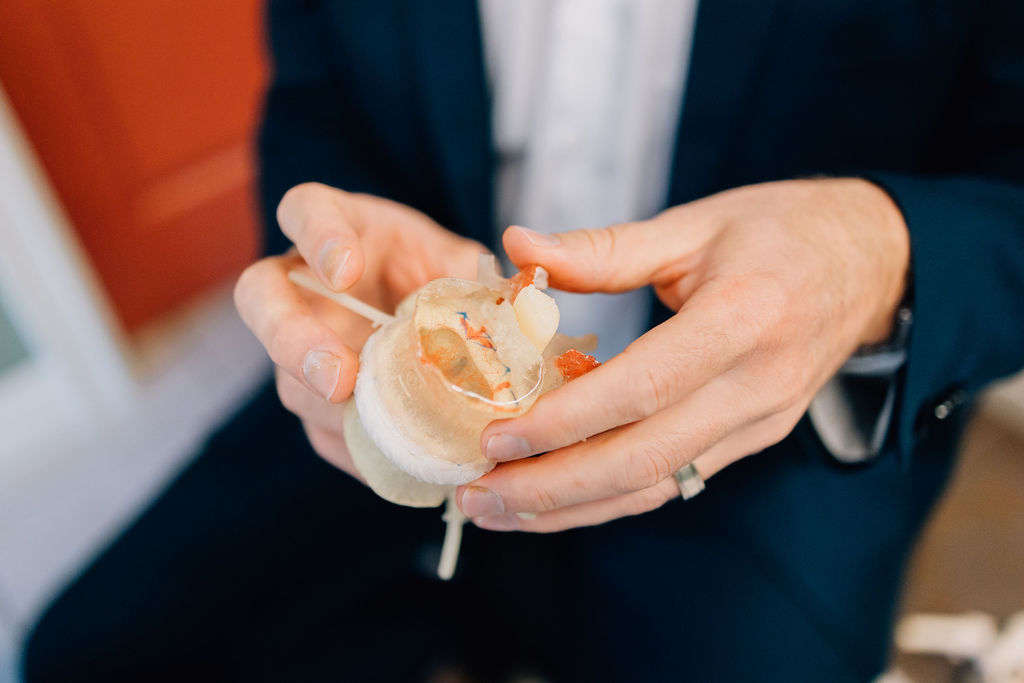
Do You Need Help with Your Back Pain?
- Have you tried multiple treatments, but nothing seems to work?
- Are you unsure which movements are safe or which exercises you should actually do?
- Are you frustrated by conflicting advice you have received?
- Have you read Back Mechanic but still can’t figure out your back pain?
- Are you ready for a clear approach that helps you overcome your back pain?
Then you are in the right place.

Can The McGill Method Help You?
If you are looking for an effective solution to your back pain and are serious about being an active participant in your recovery, the McGill method is for you. The McGill Method has helped thousands of people find relief from their back pain, often after unsuccessfully trying many other types of therapy, such as physiotherapy, osteopathy, chiropractic, or even orthopedic or neurosurgery.
People from all walks of life, including professional athletes, have had their lives transformed by the McGill Method.
See what others have said about working with us:
Works with you. To understand what your issues are and then build a plan.Around that. Great space, great people to be around.
Can't recommend enough In a time where there is so much information on the net, it's a great space to go to to get down to the bare bones of your issues.
If you are looking for somewhere to help with your chronic low back pain, I strongly recommend Flamborough Health Clinic!
What to Expect During Your McGill Method Consultation
You can expect to receive the most thorough consultation you have ever had for your back pain. Your consultation and treatment will be divided into three parts, usually spread across separate visits:
By the end of this 3-part consultation, you will know what your specific pain triggers are, how to avoid them, and how to restore your back’s resilience. As such, you will have a clear way forward on how to resolve your back pain. Future visits may be needed to solidify some of the postures and movement patterns or to progress your exercises.








